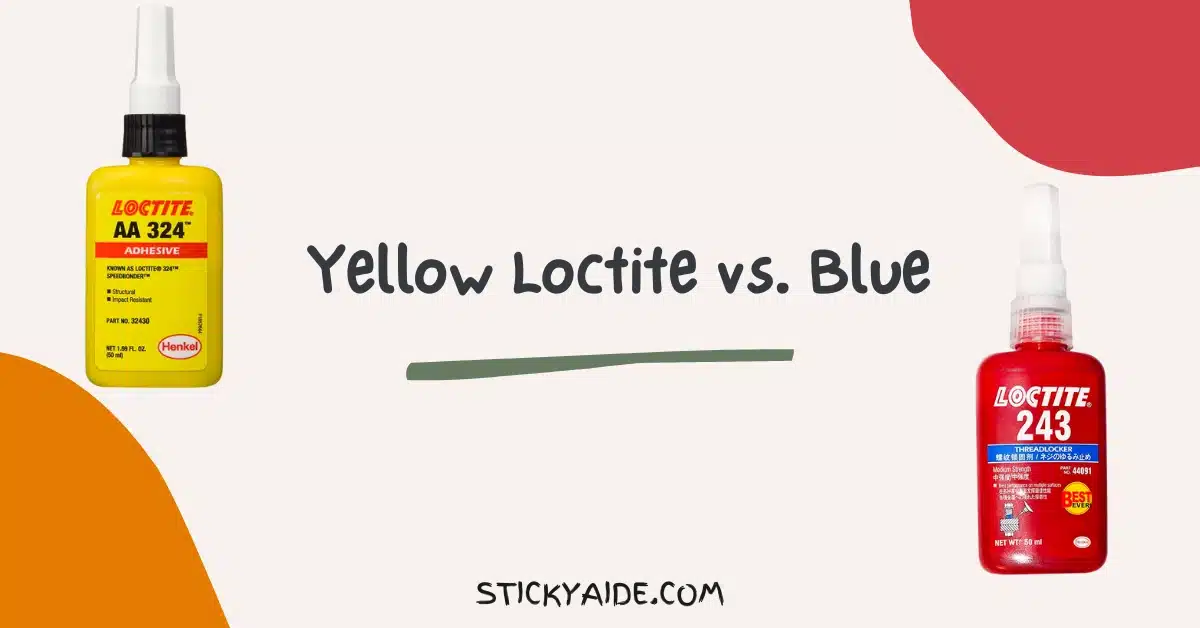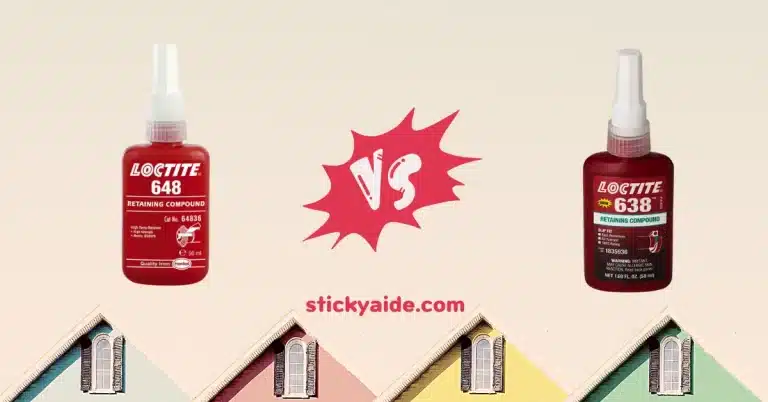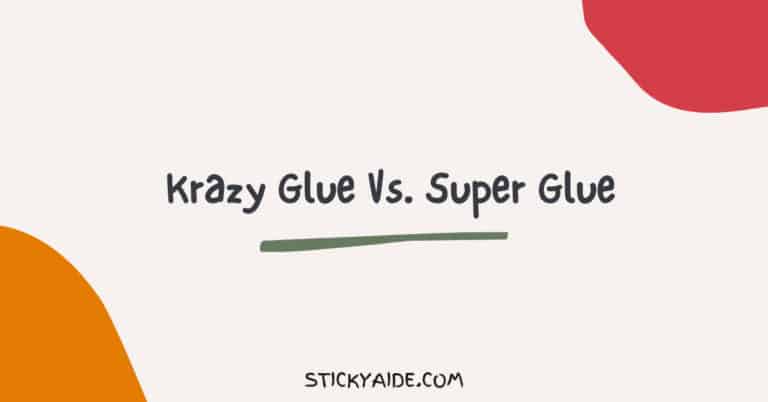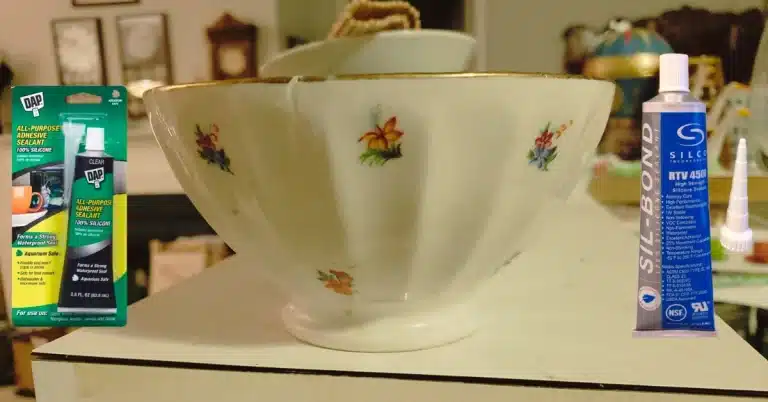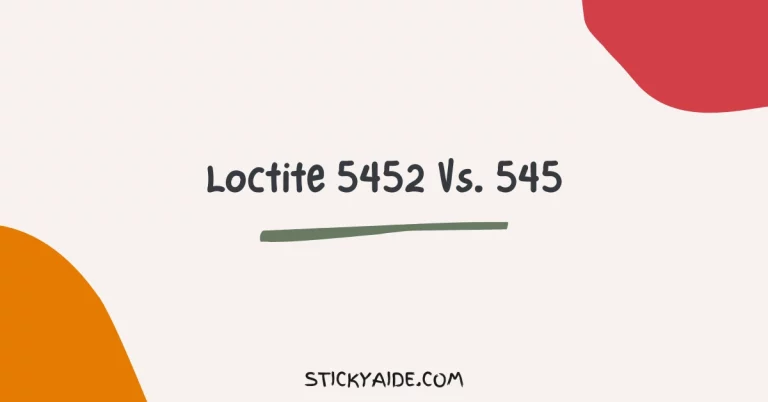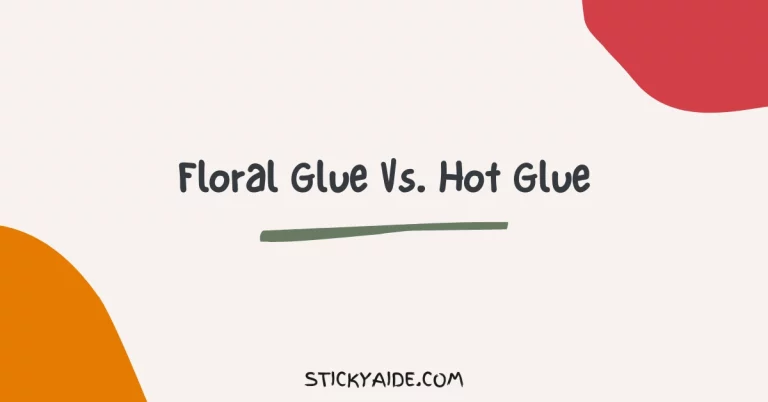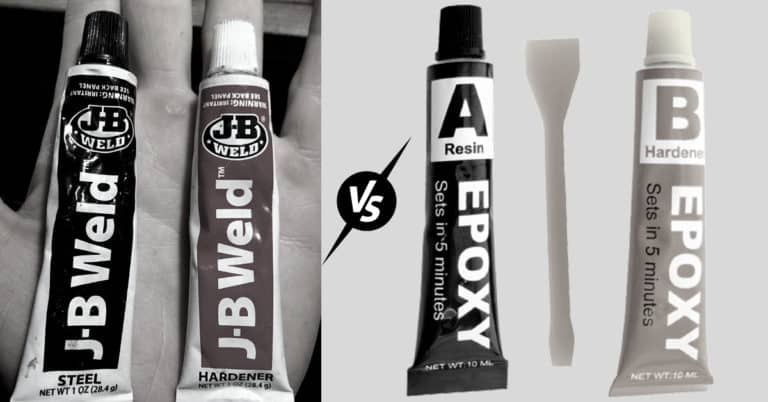Loctite is a well-known and widely popular adhesive brand used by professionals and non-professionals. Loctite is known for its superior quality adhesive, which forms strong, robust, and long-lasting bonds. Furthermore, Loctite makes various kinds of glues like – threadlockers, sealants, retaining compounds, instant adhesives, and more.
Loctite has color-coded glues indicating the glue’s strength and intended purposes. So, in the battle between Yellow Loctite vs. Blue, which one should you side with and why? In this article, I’ll review the features of Yellow and Blue Loctite and how they differ.
Read More: Loctite Blue vs. Red
Read More: Orange Loctite vs. Red
Yellow Loctite vs. Blue Loctite
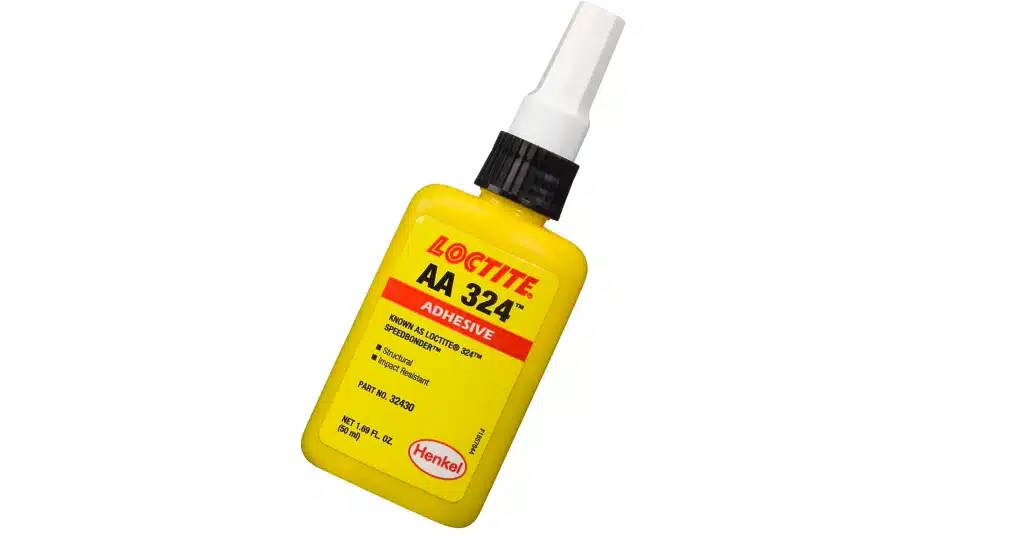
Yellow Loctite
Yellow is not a standard color for Loctite glues, and Loctite-Henkel has very few products that come in Yellow. Loctite 577 is a general-purpose, medium-strength sealant that comes in Yellow.
You can use the 577 for threads and fittings of straight/straight or straight/taper categories. Loctite 577 works on all metals and works with active and passive substrates. So the 577 is a versatile glue, and you can use it with active metals like brass or copper and passive substrates like stainless steel or plated surfaces.
Since Yellow Loctite is medium-strength, you can disassemble your components easily after it cures. If you plan to disassemble components you used Yellow Loctite on, you would only need readily available hand tools like a wrench.
Yellow Loctite 577 has a high viscosity and is thixotropic, reducing the risk of uncured adhesive running over the surface after applying it. You can use the 577 for gaps up to 0.25 mm in radius.
Furthermore, once Loctite 577 is wholly cured, it prevents loosening or leakage due to shock or vibration. Loctite 577 has superior chemical resistance and is tolerant to minor contamination from industrial oils like – cutting, lubrication, anti-corrosion, and protection fluid, or cleaners with surfactants and corrosion inhibitors.
Read More: Orange Loctite vs. Blue
Blue Loctite
Loctite threadlockers come in various colors, which indicates their strength and intended uses. Red Loctite is the strongest among all the available colors, while Purple Loctite has the least adhesive power.
Blue Loctite is a medium-strength threadlockers made by Loctite-Henkel that you can use for components you plan to disassemble. Some of the best Loctite Blue adhesives you can get are – 242, 243, 248, and 2432.
You can use Blue Loctite for various household and outdoor repairs and fixes for your car/truck engine, pumps, furniture, crafts projects, and more. If you plan to disassemble your components later on, you only need to use household hand tools like a wrench.
One of the most common Loctite Blue used is the Loctite 243, which works well with all metals and common passive substrates. Once Loctite Blue is completely cured, it forms a rigid bond and reduces the risk of your components loosening or leakage due to shock or vibration.
Loctite Blue adhesives are available for various sizes of fasteners or threads, and you can use nuts, bolts, and screws up to 20 mm in size.
Furthermore, Loctite Blue threadlockers are also available in different viscosity suited to your specific purpose. For example, Loctite 241 and 243 are both medium-strength, blue-colored threadlockers from Loctite. Loctite 241 has low density, and you can use it for M12 bolts. On the other hand, Loctite 243 has medium viscosity and is thixotropic, which reduces the risk of the uncured adhesive running over the surface.
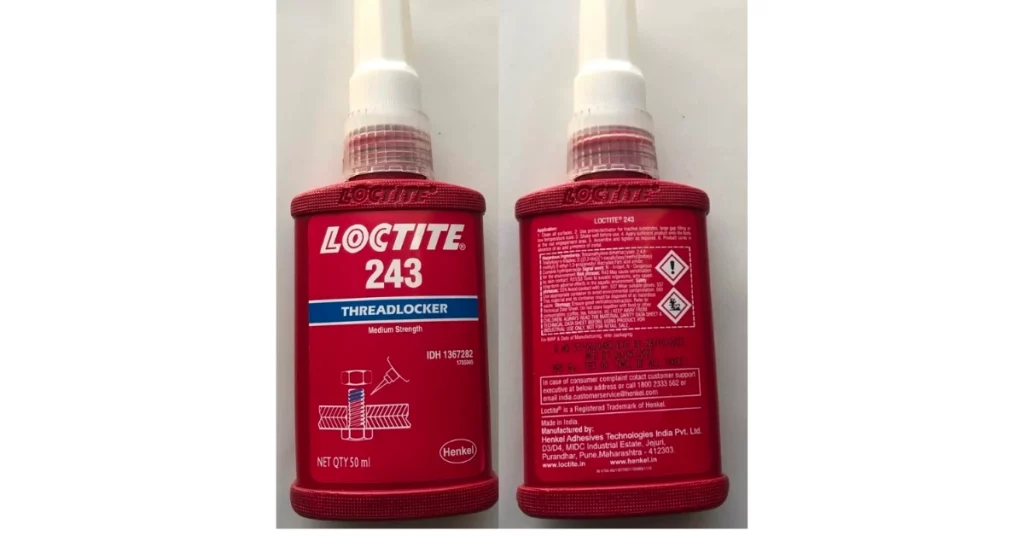
Read More: Loctite 609 vs. 680
Differences Between Yellow Loctite And Blue Loctite
Now let’s examine how Loctite Yellow and Blue differ from each other.
Availability
Yellow is an uncommon color for Loctite adhesives, and you’ll find very few Loctite Yellow products in the market. Loctite 577 is a medium-strength, general-purpose sealant that comes in Yellow. The 577 is a high-viscosity, thixotropic adhesive.
On the other hand, Blue is a standard color for Loctite adhesives, and you’ll find multiple products that come in Blue. If a Loctite threadlocker comes in Blue, it is a medium strength, and you can disassemble it easily. Some common Loctite Blue threadlockers are – Loctite 241, 242, 243, 248, and 2432.
Strength and Removal
Both Loctite Yellow and Blue are medium-strength adhesives. You can disassemble your components easily using household hand tools like a wrench.
Fixture and Cure Time
Loctite Yellow and Blue have similar Fixtures and Cure times. Depending on which variant you get, the fixture time ranges between 5 to 15 minutes.
A complete cure takes around 24 hours and depends on which materials you use, temperature, and bondline gap. You can use activators to speed up the cure time.
Read More: Loctite Blue Vs. Permatex Blue
Last Opinion
So, in the battle between Loctite Yellow vs. Blue, which one should you side with? Loctite Yellow products are rare, and you can get Loctite 577, which comes in Yellow. On the other hand, multiple Blue Loctite is available, and you can use them for various sizes of fasteners and threads.

